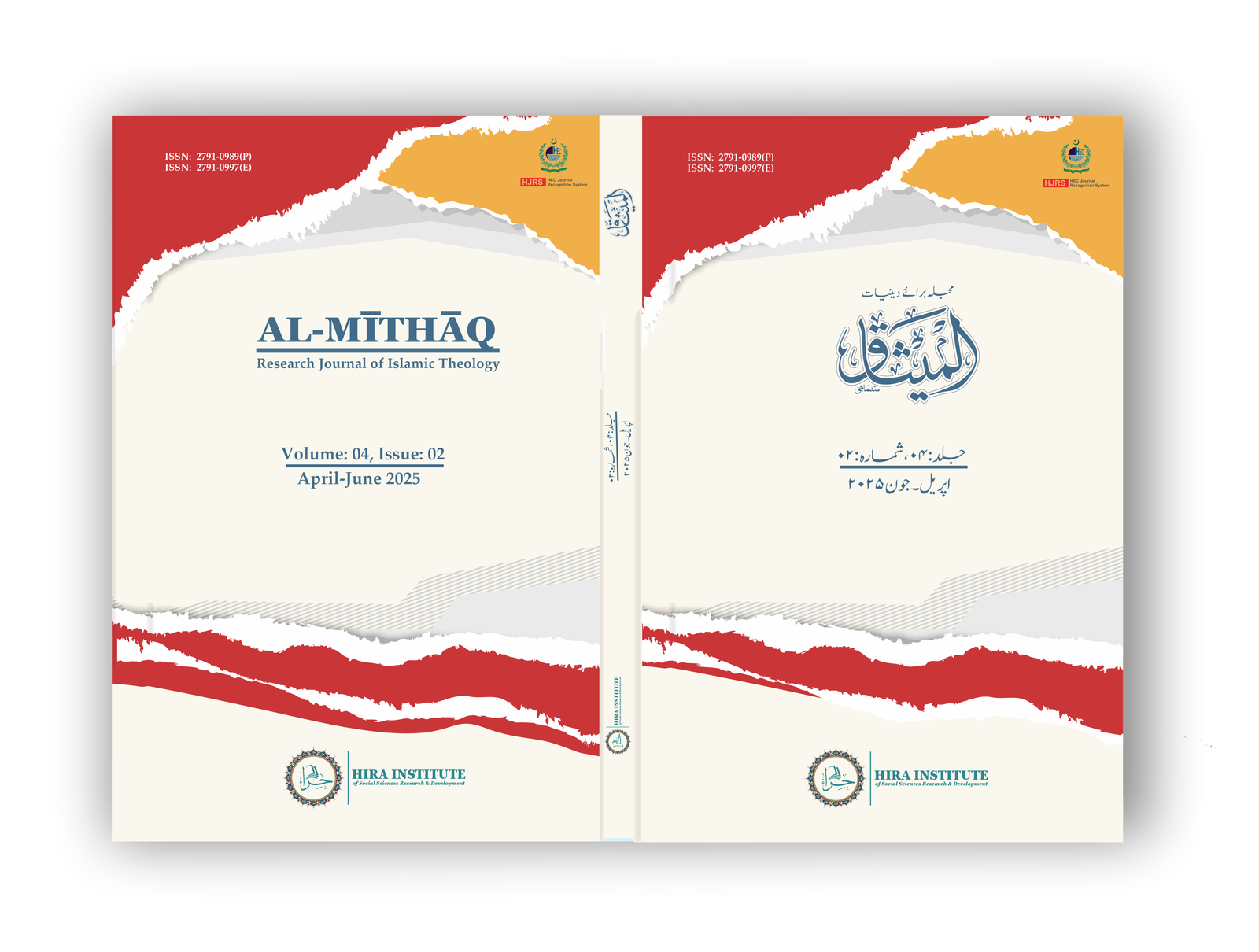The Necessity and Significance of Takhrīj al-Ḥadīth and Its Fundamental Methodologies: An Explanatory Study
تخریجِ حدیث کی ضرورت واہمیت اور بنیادی مناہجِ تخریج کاتوضیحی مطالعہ
Keywords:
Takhrīj al-Ḥadīth, Narration, Methodology, Isnād, Ḥadīth SciencesAbstract
The science of Takhrīj al-Ḥadīth represents a fundamental and indispensable discipline in Islamic scholarship and research. Its core objective is to trace, identify, and document the original sources of every transmitted narration, statement, or report, and to issue a scholarly judgment based on the authenticity (ṣiḥḥah), weakness (ḍaʿf), or fabrication (waḍʿ) of the ḥadīth or statement under investigation. Through this methodology, scholars and researchers are able to evaluate the reliability of the isnād (chain of transmission) and the credibility of the narrators, thereby establishing a sound intellectual foundation for resolving legal, theological, and ethical questions. The significance of Takhrīj extends beyond mere source-tracing; it serves as a vital tool for preserving the integrity of the Islamic intellectual tradition and ensuring the accuracy of contemporary research. A proper understanding of its principles equips students and researchers with the methodological rigor required to produce reliable academic outcomes. Conversely, ignorance of this science often leads to inaccuracies, weak argumentation, and an unsound scholarly mindset. In light of its necessity and scholarly value, this article seeks to highlight the importance of Takhrīj al-Ḥadīth and to provide an explanatory study of its fundamental methodologies (manāhij al-takhrīj), emphasizing its role in the advancement of Islamic studies and the cultivation of critical academic inquiry.







